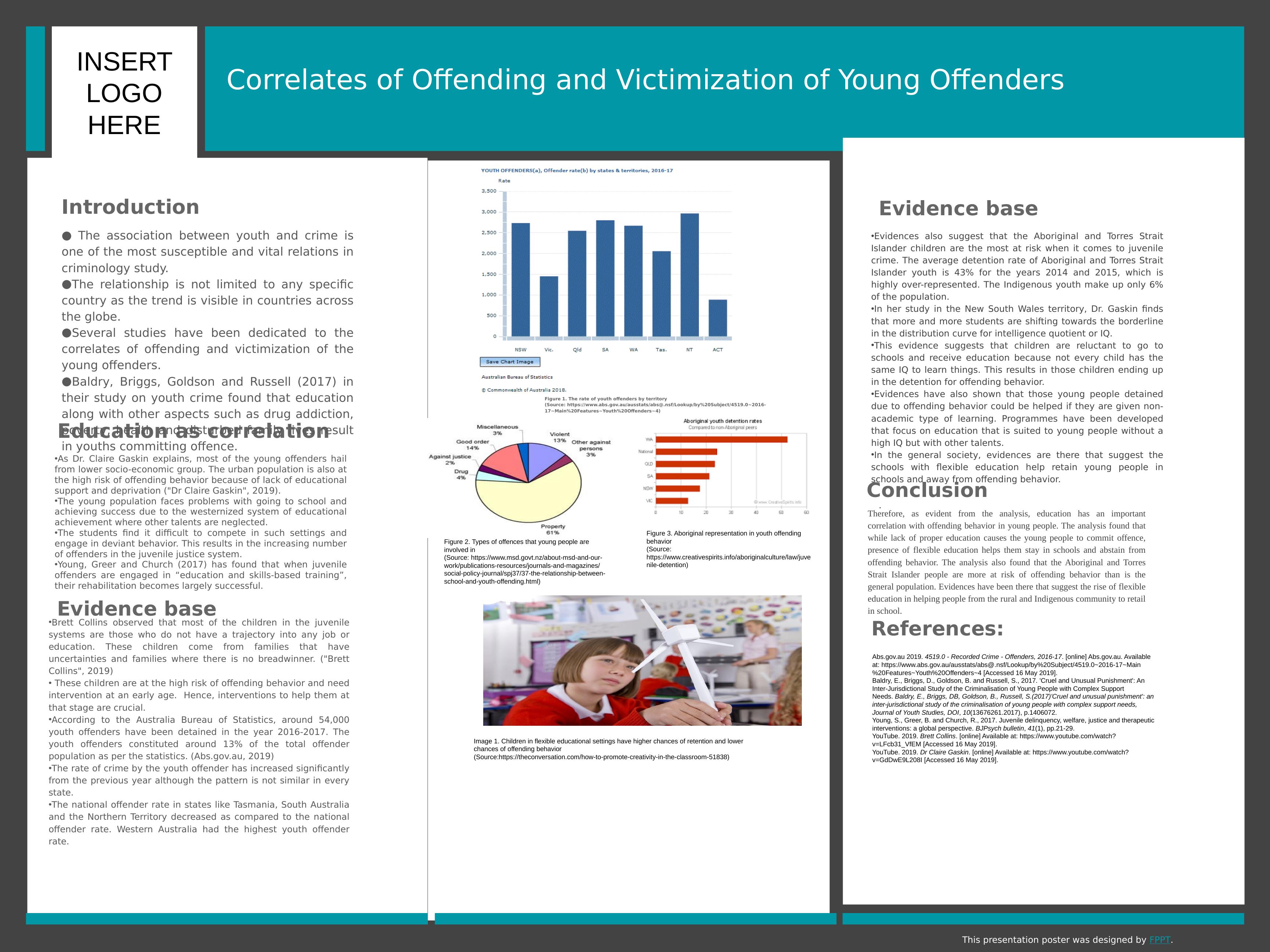Correlates of Offending and Victimization of Young Offenders
This assignment requires the creation of a research poster on the correlates of offending and victimisation, focusing on one specific correlate. The poster should include graphs, figures, and images, and should be based on readings and practitioner interviews. The poster should have an introduction, evidence base, conclusion, and references.
Added on 2023-03-23
About This Document
Correlates of Offending and Victimization of Young Offenders
This assignment requires the creation of a research poster on the correlates of offending and victimisation, focusing on one specific correlate. The poster should include graphs, figures, and images, and should be based on readings and practitioner interviews. The poster should have an introduction, evidence base, conclusion, and references.
Added on 2023-03-23
End of preview
Want to access all the pages? Upload your documents or become a member.

